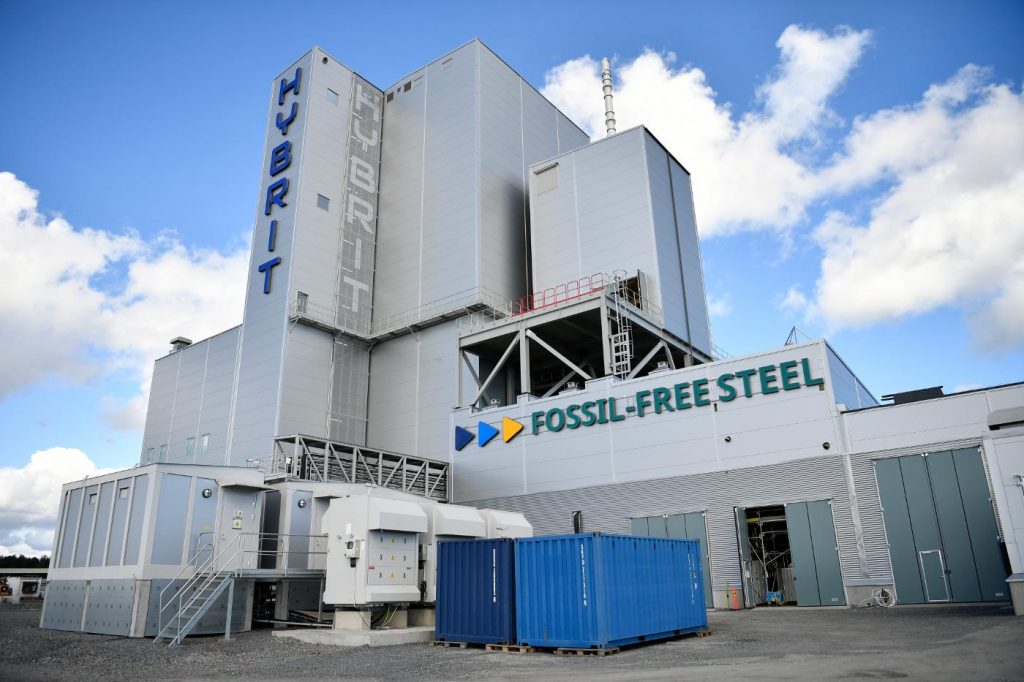Green steel initiative Hybrit, a joint venture between Sweden’s SSAB, LKAB and Vattenfall, has produced the world’s first hydrogen-reduced sponge iron at a pilot scale in what the companies describe as a “decisive step on the road to fossil-free steel”.
The Hybrit pilot plant, located in Lulea, Sweden, has produced about 100t of hydrogen-reduced sponge iron so far. It is the first-time hydrogen extracted with fossil-free electricity has been used in the direct reduction of iron ore, the companies said.
Sponge iron is an alternative to scrap as the main raw material input for electric arc furnaces (EAFs). The breakthrough demonstrates the viability of using hydrogen to reduce iron ore, instead of the conventional coal or natural gas, although still only in very small tonnages. SSAB will deliver small quantities of steel made through hydrogen-based reduction to customers before the end of the year, chief executive and president Martin Lindqvist said.
The hydrogen used in the direct reduction process is extracted through electrolysis with water and can then be stored for later use. The electricity required is generated through renewable sources such as wind and hydroelectric power.

In May, Hybrit began building a pilot scale hydrogen storage facility adjacent to its Lulea pilot plant for completion in the first half of 2022, and intends to complete a pilot hydrogen and sponge iron plant in Jallivare by 2026.
Trial production began at Hybrit’s pilot plant in August 2020 and is planned to run until 2024. Industrial scale production is scheduled to begin in 2026 at the company’s Gallivare facility in Sweden when the company aims to be first to market with a fossil-free value chain “from mine to steel”.
Hybrit is urging the Swedish government to foster swifter authorisation for new projects and help ensure sufficient green electricity to fuel Sweden’s climate ambitions.
SSAB plans to cut its CO2 emissions in Sweden by 25pc as early as 2025 through the conversion of the blast furnaces to an EAF in Oxelosund and further converting blast furnaces in Lulea and Raahe, Finland, between 2030-2040 to eliminate most of the remaining CO2 emissions.
